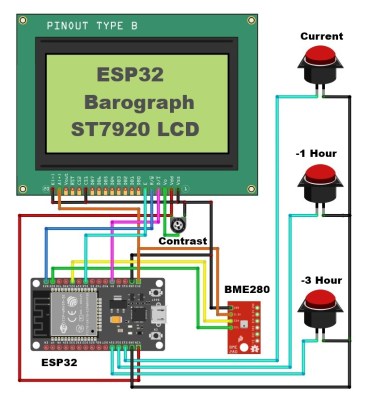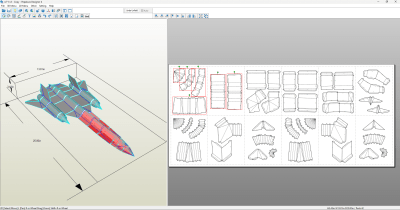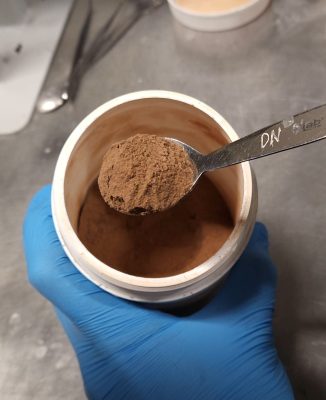As is regrettably typical in the cordless tool world, Milwaukee’s M18 batteries are highly proprietary. Consequently, this makes them a welcome target for reverse-engineering of their interfaces and protocols. Most recently the full diagnostic command set for M18 battery packs were reverse-engineered by [ToolScientist] and others, allowing anyone to check useful things like individual cell voltages and a range of statistics without having to crack open the battery case.
These results follow on our previous coverage back in 2023, when the basic interface and poorly checksummed protocol was being explored. At the time basic battery management system (BMS) information could be obtained this way, but now the range of known commands has been massively expanded. This mostly involved just brute-forcing responses from a gaggle of battery pack BMSes.
Interpreting the responses was the next challenge, with responses like cell voltage being deciphered so far, but serial number and the like being harder to determine. As explained in the video below, there are many gotchas that make analyzing these packs significantly harder, such as some reads only working properly if the battery is on a charger, or after an initial read.
Continue reading “Reverse-Engineering The Milwaukee M18 Diagnostics Protocol”



















